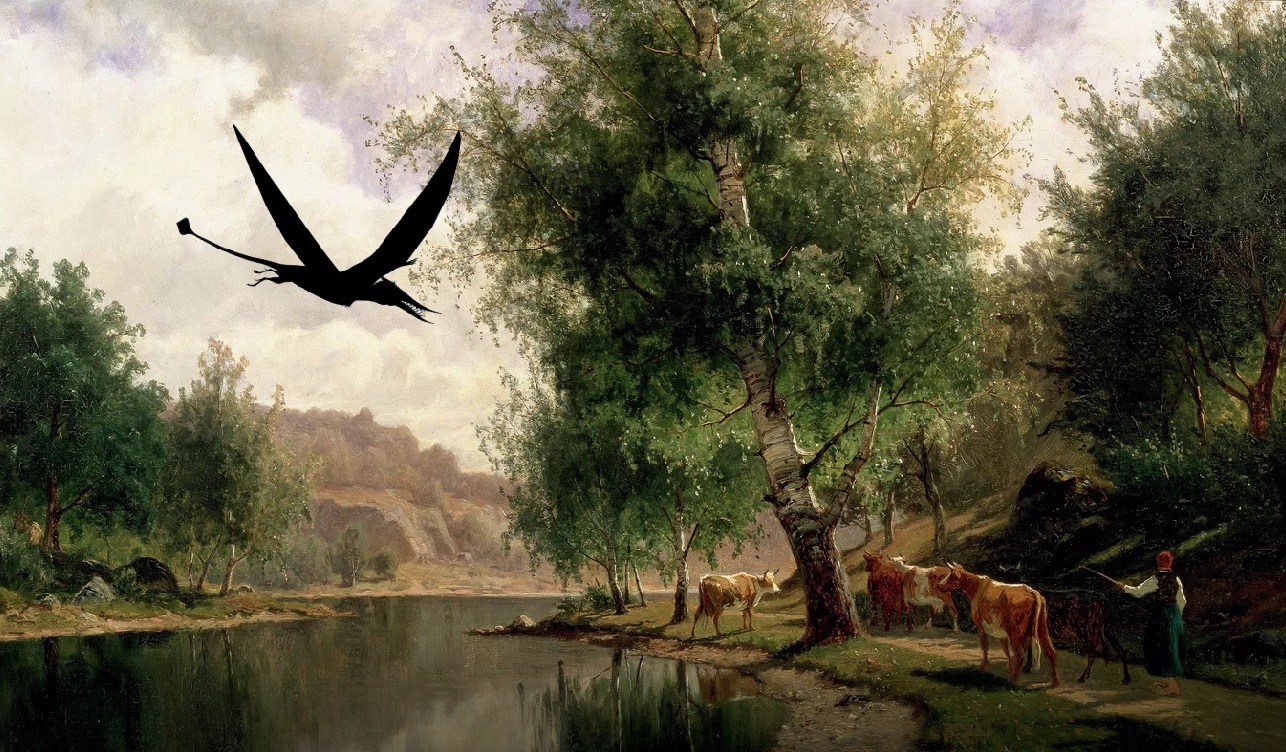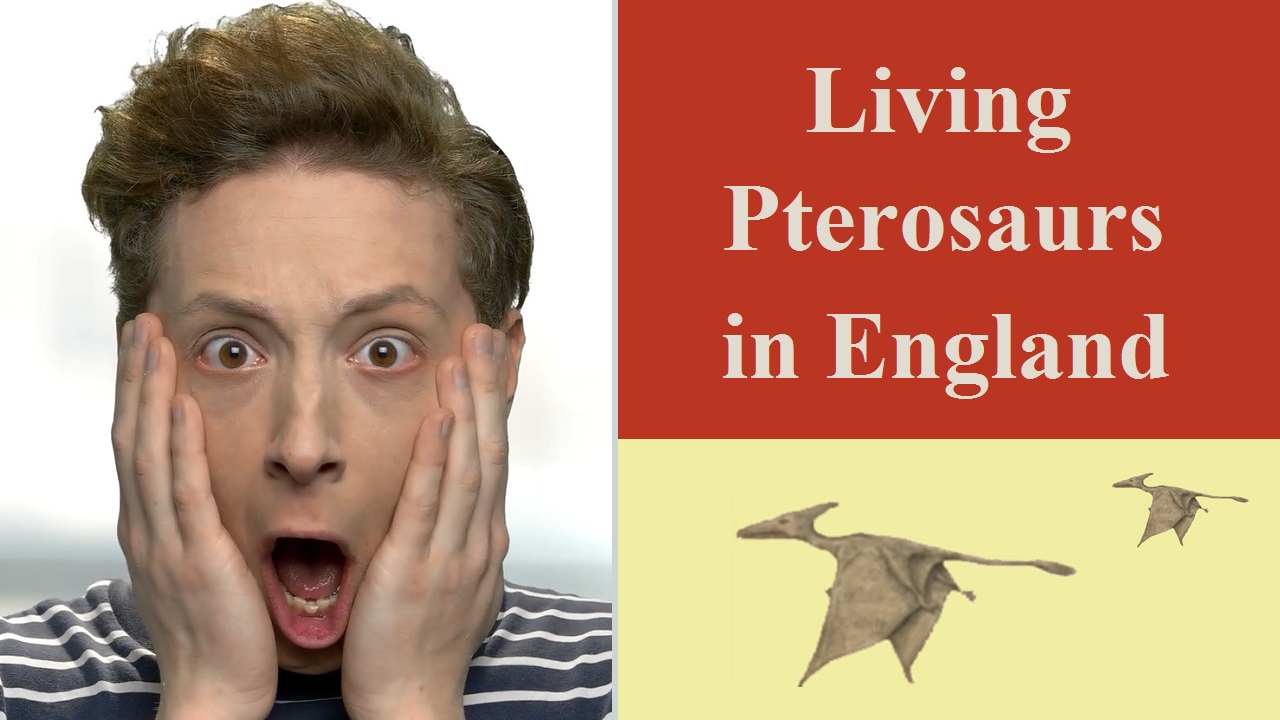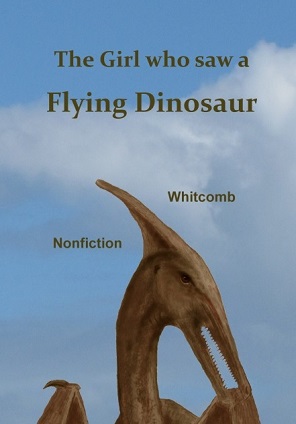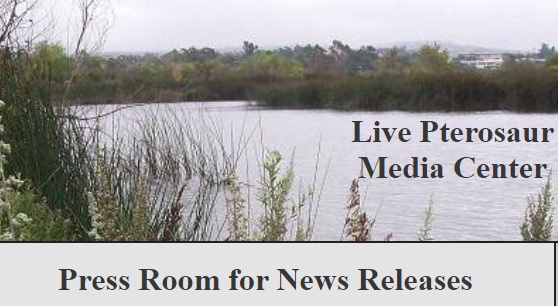By the ropen expert Jonathan Whitcomb
Five months ago today, I uploaded my first video to the Youtube channel Protect Animal Life. Let’s now look at where this video channel stands as of August 29, 2019.
I suggest that Protect Animal Life (PAL) is the number-one Youtube channel on sightings of apparent living pterosaurs, first in both the quantity of videos on these flying creatures and first in the quality of videos, at least in being accurate and up-to-date.
As of August 29, 2019, here are some of the most recent videos on this channel, in order of the most-recently uploaded ones on top:
Ropen – bald or hairy? This video answers critics regarding hair on the animals.
Ropen of Papua New Guinea This is a four-minute introduction to the ropen.
Living Pterosaurs – Why fear? —Plus: a secret— two kinds of fear people have
Living Pterosaurs – in newspapers This is an introduction to some news articles.
♥
Now look at some of the most popular of the videos in terms of number of views:
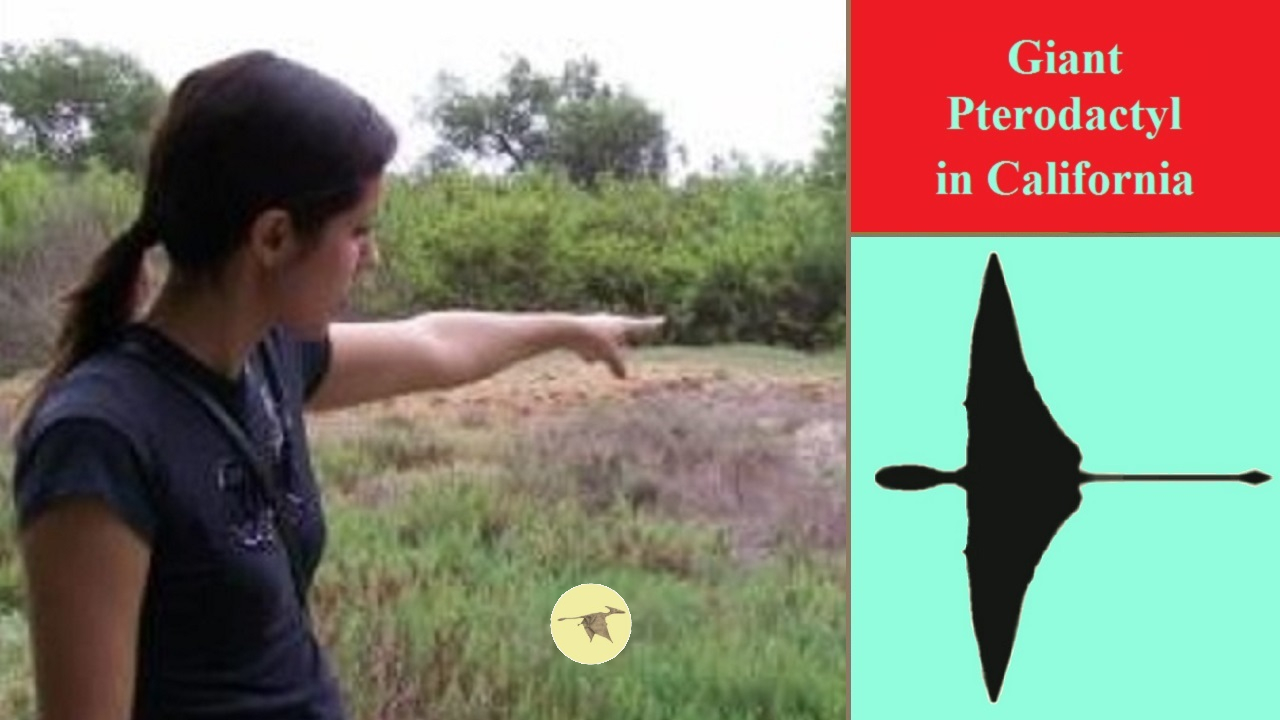
Giant Pterodactyl in California
This mini-documentary, five minutes long, gives you a brief overview of a few of the sightings of these flying creatures in several areas of California. It’s in a different form of music-video genre: a modern version of a classical piece of music (Bach).
♥
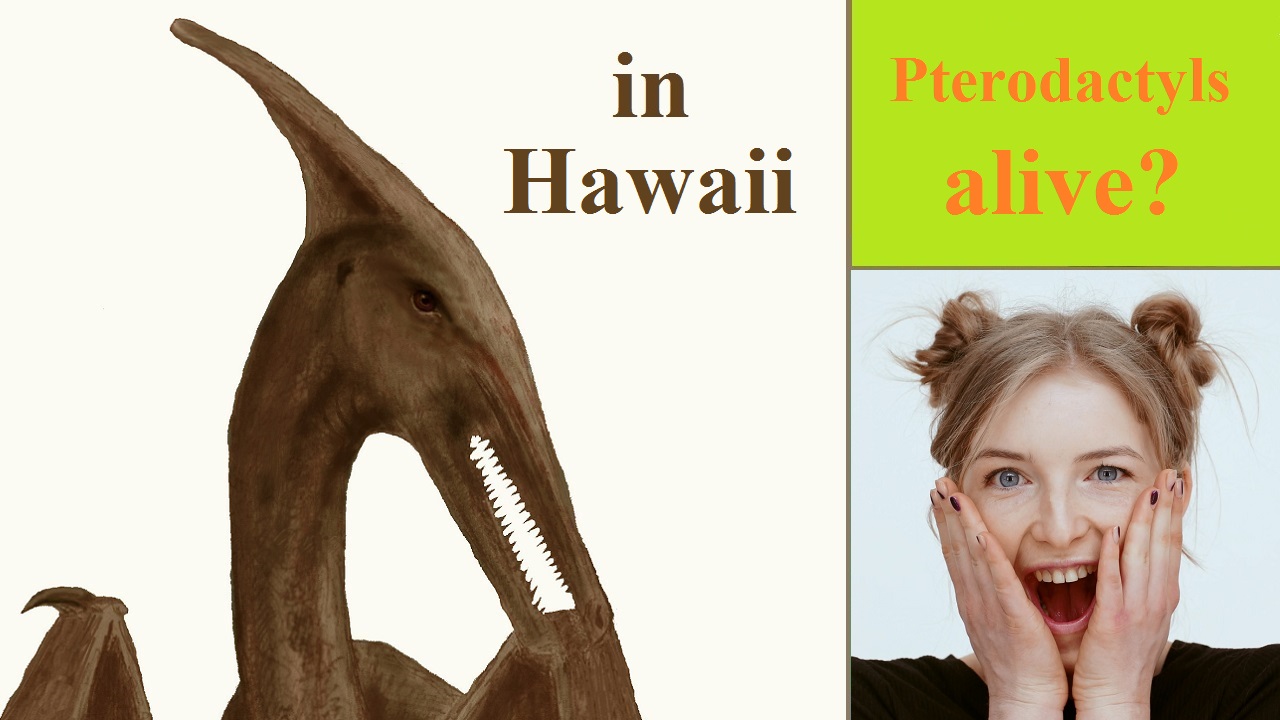
Do Pterodactyls Live in Hawaii?
This features a number of sightings of apparent pterosaurs in Hawaii (4½ min long).
♥
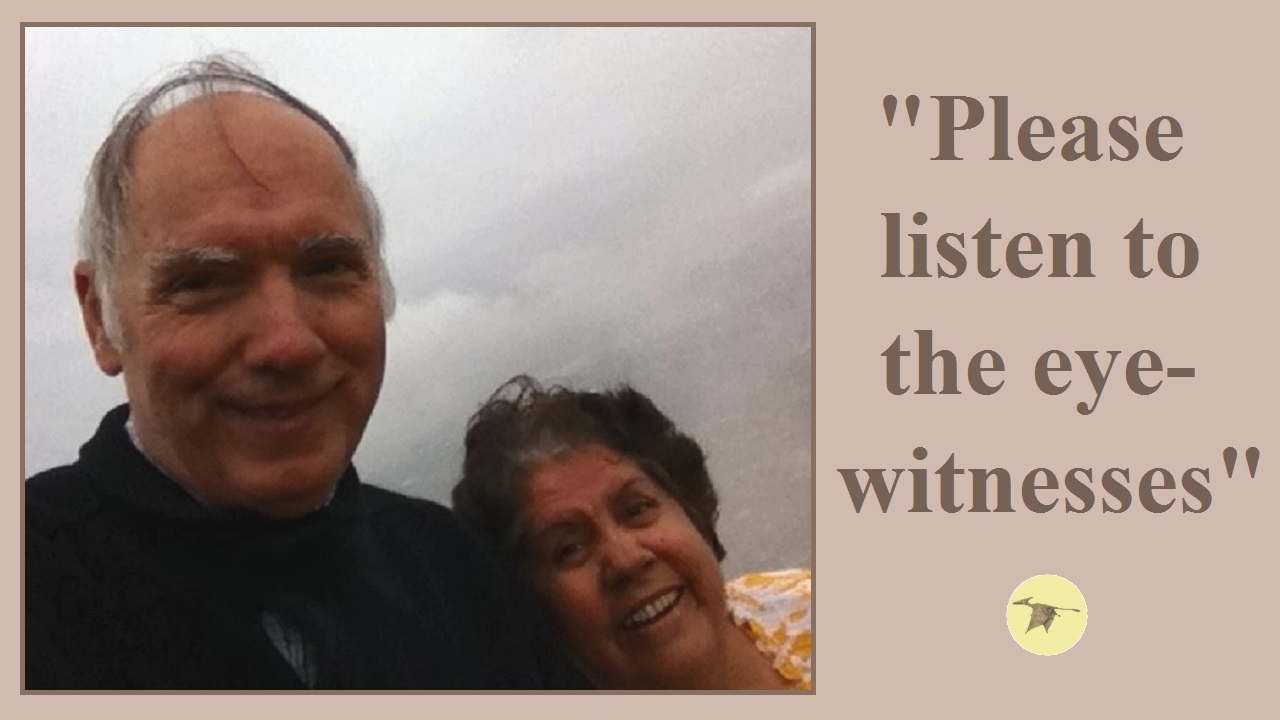
Pterodactyl Sightings in Los Angeles
This Youtube video is 3½ minutes long. Jonathan Whitcomb and his wife, Gladys, invite the viewer to “please listen to the eyewitnesses.”
###
.
Over the years, I’ve rarely mentioned much on this blog about the possibility that ropens in general are covered with some amount of fine hair. Only a small fraction of the total eyewitnesses have been close enough to see such a detail, even if they had a mind to take notice of hair, or lack thereof, at the time of their sightings.
.
Living pterosaurs in California
Here we have several blog posts, each with at least some reference to these flying creatures in the state of California:
- How many people see living pterodactyls?
- ‘Dinosaur’ book for children and teens
- New cryptozoology book
- Living-pterosaur sightings while driving
- Ropen or pterosaur in New Mexico
- Pterosaurs east of Griffith Park (Los Angeles, CA)
.
Video about the modern pterosaurs
The video “Living Pterosaurs – in newspapers” mostly avoids any scientific examination, except for my explanation of what may have occurred in sightings which were mentioned in the Los Angeles Herald (1891 article). Some pterosaur fossils have been known, by scientists in recent decades, to have evidence of a particular posture: When sitting, such pterosaurs would have their wings folded up, creating two huge bumps near the lower back area, or thereabouts. This could remind some non-scientists of the two bumps on the backs of some frogs. [The video mentions what at least one of the eyewitnesses said: the two “dragons” looked like frogs, perhaps when they were sitting near the edge of a pond.]
.
“Long Tail of the Ropen”
“I saw it around 9 am this morning today. It was a giant black bird of some types. I live very close to San Fernando and Fletcher . . .” [Los Angeles]
.
